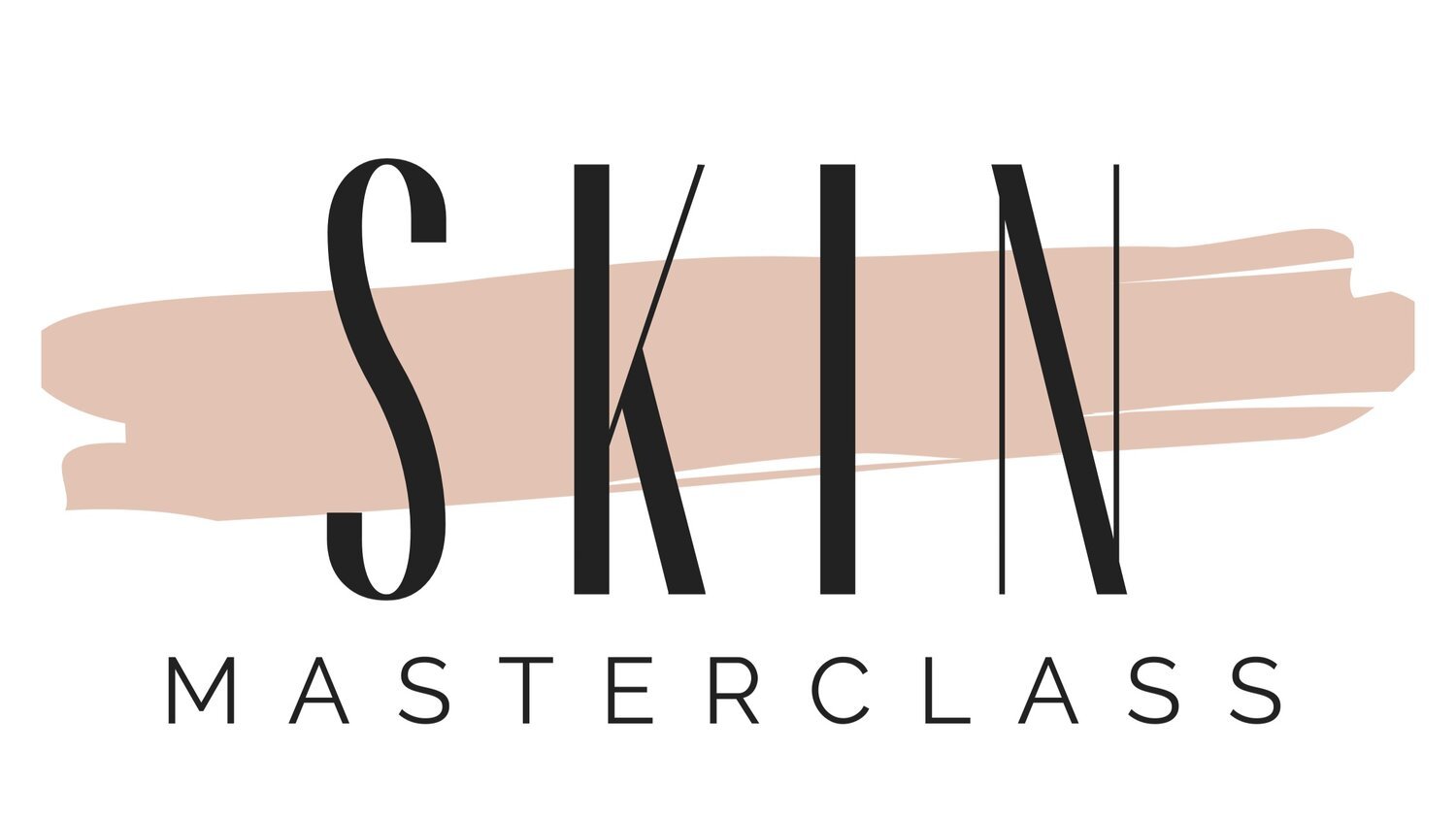Mastering Retinol Layering Post-EU Amendments: A Professional Guide
Did you know that retinoids has recently come under scrutiny due to the latest changes in cosmetics regulations in the European Union (EU)? I had our Skin Masterclass Licensees worrying about the retinol products they sell in clinic.
If you're not aware, Retinol, Retinyl Acetate and Retinyl Palmitate will face restrictions in cosmetics in the EU, with new concentrations set at 0.3% for face products (previously at 1%) and 0.05% for body products, effective from November 1, 2025.
This latest law, enforced by the Scientific Committee of Consumer Safety (SCCS) - a group of toxicology and safety experts for non-food consumer products - is simply there to ensure cosmetic products are always safe for the consumer
What does this mean for you as a skin and skincare professional?
Well, while the regulations concern the EU, they can still influence products worldwide. Brands aiming to sell in the EU while complying with the new regulations will likely adapt their formulations for the USA and Asia as well. Consequently, reformulating products to meet these new regulations could impact all markets, as brands are unlikely to invest significant resources in market-specific formulations.
However, this restriction isn't entirely bad news for skin and skincare professionals.
Looking at the bright side, it offers more flexibility in your clients' skincare routines. While lowering the concentrations of retinol may reduce efficacy somewhat, it can also minimize undesirable effects, resulting in gentler formulations for clients.
Furthermore, for clients accustomed to high concentrations of retinoids, there are multiple options available:
1- Option one involves incorporating additional ingredients that target signs of aging. For instance, adding copper peptides to retinol can compensate for the reduced concentration while still enhancing efforts to combat aging.
Another effective ingredient is Bakuchiol, which, although not a direct substitute for retinol, can produce similar results by stimulating collagen synthesis, acting as an antioxidant, and firming the skin. Additionally, using low concentrations of exfoliating acids, such as AHAs, alongside retinol, has been shown in numerous studies to yield impressive results that experienced clients would appreciate.
2- Option two is to switch to retinal or retinaldehyde. Since the new regulations do not address retinal, its current concentrations remain unaffected. Therefore, recommending retinal to clients, which is more potent and can meet the needs of experienced users, is a viable solution. Moreover, with the recent surge in popularity, the availability of affordable and effective retinal products has significantly increased in recent years.
By explaining these upcoming changes to your clients, you can ensure that you stay ahead of the game and make them feel well taken care of, ultimately enhancing their satisfaction with your services.
Let’s grow your skincare consultation business together.


